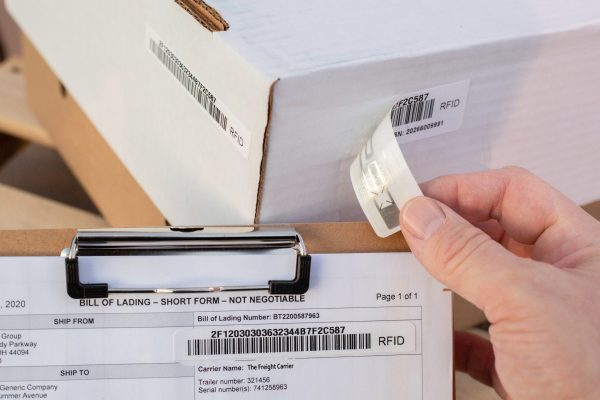Introduction
In the age of advancing technology, tracking product origins has become more crucial than ever, especially in the textile industry. Utilizing blockchain technology to track fabric origins not only ensures supply chain transparency but also guarantees the accuracy and trustworthiness of the information. Let’s explore how to effectively implement blockchain technology to trace fabric origins.
-
Define Objectives and Scope
Objectives
First, clearly define the objectives of using blockchain, such as:
-
- Ensuring fabric authenticity.
- Verifying that products are sourced sustainably and ethically.
- Enhancing transparency in the supply chain.
Scope
-
- Identify the entire supply chain from raw material sourcing to the delivery of the final product.
-
Choose a Blockchain Platform
Public vs. Private Blockchain
-
- Public Blockchain: Platforms like Ethereum provide high transparency but can have higher transaction costs and lower privacy.
- Private/Permissioned Blockchain: Platforms like Hyperledger Fabric offer controlled access, making them suitable for privacy and scalability.
-
Develop a Smart Contract
Smart Contract
-
- Create a smart contract to define the rules and logic for tracking and recording transactions.
Attributes
The smart contract should include essential data points such as:
-
- Batch numbers.
- Source of raw materials.
- Certification details.
- Timestamps and transaction IDs.
-
Integrate IoT and RFID Technology
IoT Devices
-
- Use Internet of Things (IoT) devices and sensors to capture real-time data about the fabric, such as environmental conditions during transport.
RFID Tags
-
- Attach RFID tags to fabric batches for easy tracking and verification throughout the supply chain.
-
Data Collection and Input
Initial Data Entry
-
- Input data at the point of origin, such as cotton farms or textile factories, and include information about the source, quality, and certification.
Continuous Updates
-
- Ensure that every party in the supply chain (manufacturers, distributors, retailers) updates the blockchain with relevant data at each step.
-
Verify and Validate Data
Recognition
-
- Use cryptographic methods to verify and authenticate the data entered into the blockchain.
Third-party Audits
-
- Involve third-party auditors to periodically verify the integrity of the data and compliance with processes.
-
User Interface and Access
User Interface
-
- Develop a user-friendly interface for stakeholders to interact with the blockchain, enter data, and view the fabric’s journey.
Access Control
-
- Implement role-based access controls to ensure that only authorized parties can input or modify data.
-
Implement Traceability Features
End-to-End Tracking
-
- Enable end-to-end tracking from the raw material stage to the finished product.
QR Codes
-
- Use QR codes on products that consumers can scan to see the detailed history and origin of the fabric.
-
Compliance and Standards
Industry Standards
-
- Ensure compliance with industry standards and regulations for fabric sourcing and manufacturing.
Certification
-
- Incorporate certification data (e.g., organic, fair trade) into the blockchain to verify compliance with ethical standards.
-
Monitor and Optimize
Monitoring
-
- Continuously monitor the blockchain network for performance, security issues, and data accuracy.
Optimization
-
- Collect feedback from stakeholders to improve the system and make necessary adjustments.
Conclusion
Using blockchain to track fabric origins not only enhances supply chain transparency but also ensures the authenticity and trustworthiness of the product. By applying it correctly, businesses can build customer trust and enhance brand fame.
Implementing blockchain technology in the textile industry is a crucial step towards ensuring transparency and accountability in the supply chain. Igreen tex is a suggestion for fabric or clothing supplies on request. If you are interested, please contact us – www.igreentex.com
IGREEN TEX VIETNAM CO LTD
Address: No. 83, A4 Street, Ward 12, Tan Binh Dist, HCMC
Tax code: 0315844409
Email: info@igreentex.com
WhatsApp/Viber/Zalo: +84938.045.900


